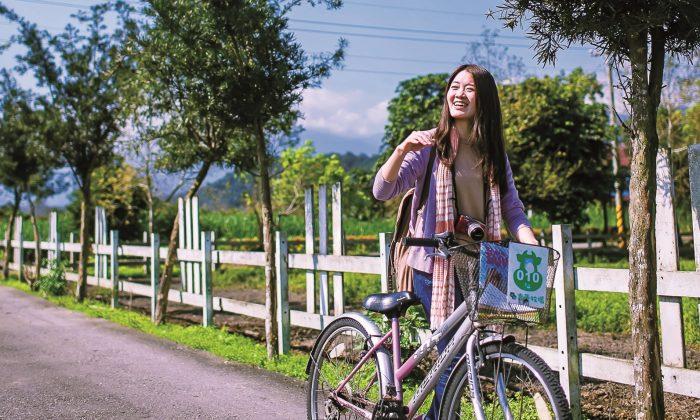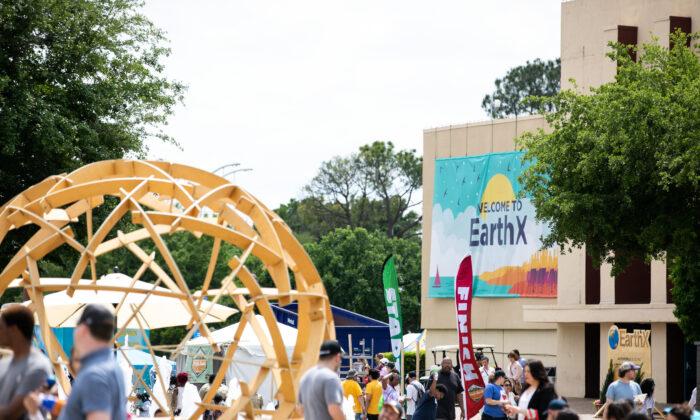
The Two Lakes Bikeway
A good way to explore the city and district of Hualien is to take the Two Lakes Bikeway between Qixing and Liyu lakes. Bikes are available for rent at multiple points along the 22-mile route, which is dotted with enough scenery and attractions to keep a visitor busy for an engaging day trip.

At the northern start of the trip is the confusingly named Qixing, or literally Seven Stars Lake. Don’t bother looking for any lakes—they were all filled in to make way for an airport. Instead, here you'll find a stretch of picturesque coastline with a shingle beach as a fishing village.
The dangerous waves and currents make swimming a perilous (and prohibited) folly, but the beach, with its striped pebbles and color agates, is worth seeing just for itself, and a nearby park has vendors selling traditional Taiwanese snacks.
Salty ocean air and a broad selection of freshly caught fish welcome visitors at the stop in Hualien’s harbor. At the harbor’s Sunward Plaza, you'll find top-notch seafood served with locally grown greens at the Chinese and Japanese food restaurant. For those seeking a more customized experience, some establishments allow you to roll your own fish balls and create your own coral jewelry.
At the Tian Mama (Field Mothers) restaurant in the fish market, local women are encouraged to hone their skills in preparing regional seafood delicacies. Here there is no menu; all selections are made based on what is available in the fish tanks, and the cooking is simple and to the point: fried, steamed, or boiled to best preserve the fish’s unique taste.
Liyu (carp) Lake lies at the end of the bikeway. Its waters form the largest body of water in eastern Taiwan, and true to its name, the lake is full of multiple species of carp, as well as egrets and herons. At night, Mount Liyu is mirrored in the lake, the air still but for the ribbit of frogs and green flashes of fireflies.

The Hot Springs of Ruisui
What better way to conclude a day of hard biking by washing off in a refreshing bath?
Half a century of imperial Japanese rule left Taiwan with a blend of Chinese and Japanese customs. A prominent example of the latter survives today in the hot spring bath in the town of Ruisui, where visiting cyclists finishing up the local bikeway may find a welcoming rest for their aching muscles.
The Ruisui hot spring bath was an early addition made just a few years after the Japanese occupation, in 1899. The carbonate water is rich in iron and barium, which oxidize to give the water its light yellow hue and a mild scent of salt and rust.
The springs are known to be beneficial for the skin and for those suffering from arthritis. When one soaks in the water, the minerals coax dust out of the pores, leaving skin smooth and healthy.






Friends Read Free